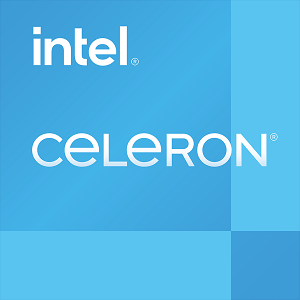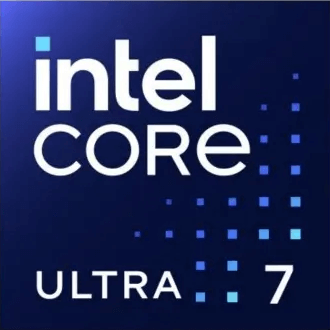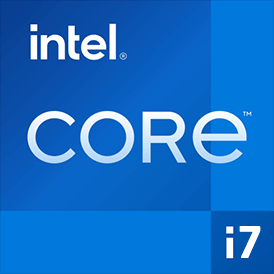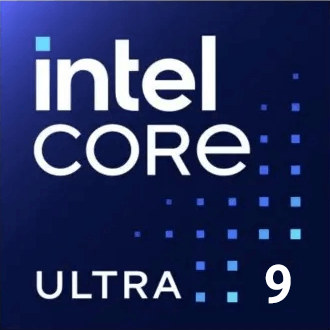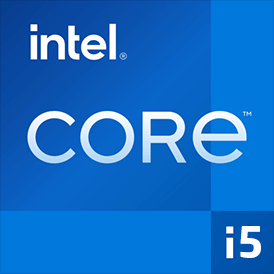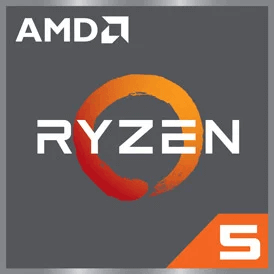Intel Celeron N3060 vs Intel Core Ultra 7 155H
We compared two laptop CPUs: Intel Celeron N3060 with 2 cores 1.6GHz and Intel Core Ultra 7 155H with 16 cores 1.4GHz . You will find out which processor performs better in benchmark tests, key specifications, power consumption and more.
Main Differences
Intel Celeron N3060 's Advantages
Higher base frequency (1.6GHz vs 1.4GHz)
Lower TDP (6W vs 65W)
Intel Core Ultra 7 155H 's Advantages
Released 7 years and 11 months late
Higher specification of memory (7467 vs 1600)
Larger memory bandwidth (120GB/s vs 25.6GB/s)
Newer PCIe version (5.0 vs 2.0)
Larger L3 cache size (24MB vs 2MB)
More modern manufacturing process (7nm vs 14nm)
Score
Benchmark
Geekbench 6 Single Core
Intel Celeron N3060
115
Intel Core Ultra 7 155H
+2003%
2419
Geekbench 6 Multi Core
Intel Celeron N3060
209
Intel Core Ultra 7 155H
+5883%
12505
Passmark CPU Single Core
Intel Celeron N3060
622
Intel Core Ultra 7 155H
+461%
3490
Passmark CPU Multi Core
Intel Celeron N3060
652
Intel Core Ultra 7 155H
+3723%
24927
General Parameters
Jan 2016
Release Date
Dec 2023
Intel
Manufacturer
Intel
Laptop
Type
Laptop
x86-64
Instruction Set
x86-64
Braswell
Core Architecture
Meteor Lake
N3060
Processor Number
155H
BGA-1170
Socket
FCBGA-2049
HD Graphics 400
Integrated Graphics
Arc Graphics (8-Cores)
-
Generation
Ultra 7 (Meteor Lake)
Package
14 nm
Manufacturing Process
7 nm
6 W
Power Consumption
20-65 W
-
Max Turbo Power Consumption
115 W
90 °C
Peak Operating Temperature
110 °C
-
Foundry
Intel
CPU Performance
2
Performance Cores
6
2
Performance Core Threads
12
1.6 GHz
Performance Core Base Frequency
1.4 GHz
-
Performance Core Turbo Frequency
4.8 GHz
-
Efficiency Cores
10
-
Efficiency Core Threads
10
-
Efficiency Core Base Frequency
0.9 GHz
-
Efficiency Core Turbo Frequency
3.8 GHz
2
Total Core Count
16
2
Total Thread Count
22
-
Bus Frequency
100 MHz
-
Multiplier
14
48 K per core
L1 Cache
112 K per core
1 MB per core
L2 Cache
2 MB per core
2 MB shared
L3 Cache
24 MB shared
No
Unlocked Multiplier
No
-
SMP
1
Memory Parameters
DDR3L-1600
Memory Types
LPDDR5-7467,LPDDR5x-7467,DDR5-5600
8 GB
Max Memory Size
96 GB
2
Max Memory Channels
2
25.6 GB/s
Max Memory Bandwidth
120 GB/s
No
ECC Memory Support
No
Graphics Card Parameters
true
Integrated Graphics
true
-
GPU Base Frequency
300 MHz
600 MHz
GPU Max Dynamic Frequency
2250 MHz
-
Shader Units
1024
-
Texture Units
64
-
Raster Operation Units
32
-
Execution Units
128
-
Power Consumption
28
-
Max Resolution
7680x4320 - 60 Hz
-
Graphics Performance
4.6 TFLOPS
